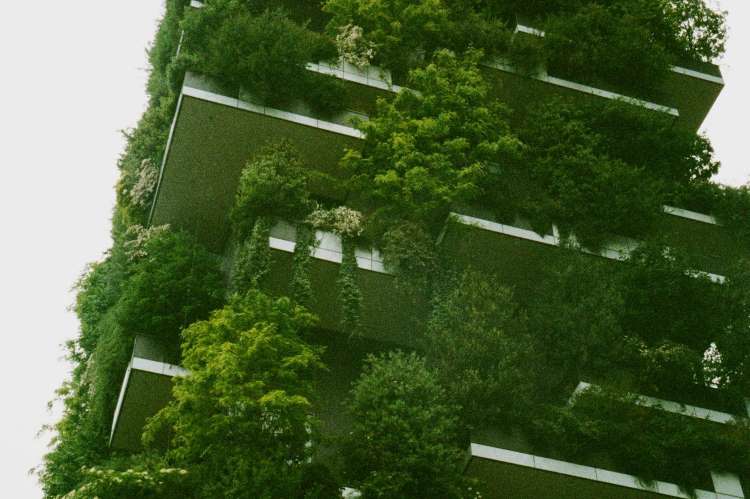
Recently, the Union cabinet approved the construction of one crore affordable urban housing units under PMAY-U 2.0. Most of these will be ownership houses, either on the applicant’s land or third-party land. Others will consist of rental units, dormitories for migrant workers, and hostels for working women and men. A portion of the government’s support will come in the form of interest subsidies on loans. Eligible beneficiaries include people from the economically weaker sections, low-income group, and middle-income group.
PMAY-U seeks to curb the growth of urban slums and shantytowns as India’s urban population steadily increases, with the hope of breaking the cycle of generational poverty. The newly constructed houses promise a significant improvement in quality of life by providing access to electricity, clean indoor air from safe cooking facilities, running water, and hygienic sanitation. These basic amenities can lead to better health outcomes, fewer lost workdays, and improved school attendance due to reduced illness. Girls and women, in particular, will benefit from reduced drudgery and enhanced safety.
READ | NCDs threaten to disrupt South Asia’s public health systems
Need for all-weather homes
However, affordability must go beyond just the cost of acquiring the premises. Equally important is the long-term affordability of living in these houses, including the use of comfort-enhancing amenities. Since PMAY was launched in 2015, a new threat — extreme heat — has emerged. During certain months, those without sufficient shelter risk death from heatstroke. Even for those with shelter, soaring electricity bills during heatwaves can drain savings. Unsurprisingly, India’s electricity demand has surged, outpacing most projections.
This suggests that the concept of pucca all-weather houses, central to PMAY’s value proposition a decade ago, may need reevaluation in light of the potential for deadly heatwaves lasting for months each year. Can affordable houses be designed and built with better thermal performance to reduce heat transfer through the walls? Energy-efficient appliances that can combat indoor heat using less electricity could also be installed. Green building certifications take such criteria into account.
Yet, highly energy-efficient appliances currently cost 30-40% more than their less efficient, energy-guzzling counterparts. This price difference will persist until economies of scale drive down costs, as was the case with LED bulbs. Government procurement of millions of LED bulbs reduced costs from Rs.700 to Rs.70 per bulb, and widespread adoption of LEDs helped flatten the evening peak electricity demand. The one crore new PMAY houses offer a similar opportunity to reduce costs through the mass procurement of energy-efficient appliances. This would lower electricity bills for occupants while enhancing the country’s energy security by mitigating inefficiency on a massive scale.
Energy costs during heatwaves can also be reduced through passive design techniques that do not require electricity. EWS, LIG, and MIG families could have access to these well-designed, passive buildings. By using proper insulation, strategically positioned windows, and thoughtful building orientation, excess heat can be kept out from the start. Any residual heat can then be managed with energy-efficient appliances. In contrast, today’s affordable houses often do the opposite: they let heat in and then rely on high electricity consumption to maintain thermal comfort.
Looking beyond energy efficiency, what if these one crore thermally smart, passive houses were also designed to use water efficiently and minimise organic waste output? Improved energy, water, and waste efficiency would help address garbage disposal and water scarcity issues, potentially reducing opposition to affordable housing projects in local communities.
PMAY and climate adaptation
The government may find these suggestions not only “highly advantageous and affordable for the country,” but also “financially sustainable for the occupants.” The government could incentivise developers of PMAY-U buildings that meet green certification standards by offering, for instance, twice the viability gap funding as those that do not.
Lenders, too, could be encouraged to provide more favourable loans for green buildings, given the public benefits and positive externalities generated by such projects. This would align with India’s Nationally Determined Contributions from COP26 in Glasgow and help lenders meet their Environmental, Social, and Governance (ESG) targets. These adjustments present an opportunity for India to lead by example, showing the world how climate mitigation and adaptation can be achieved at scale and inclusively by leveraging its green potential.
(Mohua is Senior Research Fellow at the Oxford Institute for Energy Studies and Kumar V Pratap is Member, Board of Advisers, Center for Public Policy, IIM Lucknow.)
